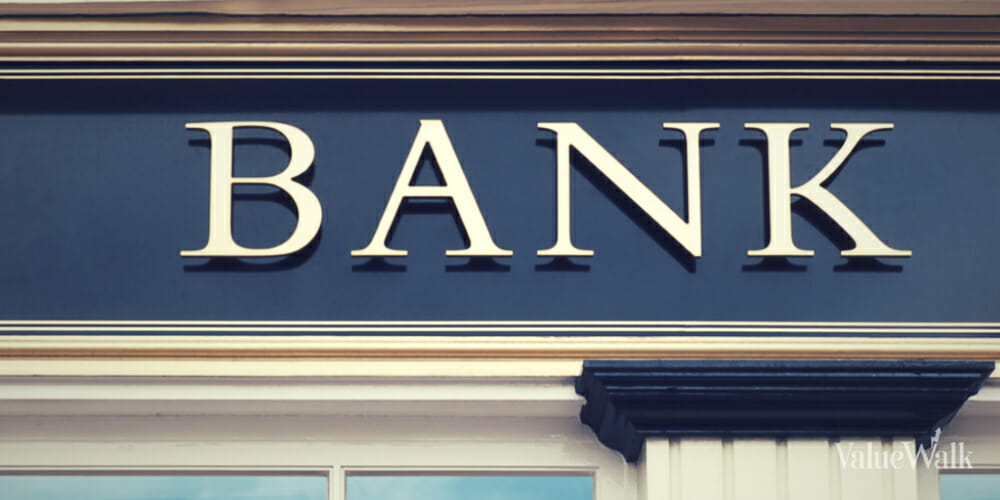When Silicon Valley Bank collapsed, it triggered a domino effect within the banking sector. Signature Bank’s collapse came next, and the banking woes even spread across the Atlantic, touching Credit Suisse and even potentially Deutsche Bank. However, the fears about some of those said to be facing potential issues like a run on their deposits appear to be overblown.
In particular, Charles Schwab’s stock continues to be weighed down by those fears, so a closer look is in order, and not just at Schwab. The banking sector may prove to be a rich source of buy-the-dip opportunities for investors who are not faint of heart.
Q4 2022 hedge fund letters, conferences and more
The Bull Case For Charles Schwab
Shares of Charles Schwab Corporation (NYSE:SCHW) have plunged more than 30% year to date, with nearly all of that decline coming since March 8. In fact, Schwab shares are off more than the KBW Bank Index, which is down by about 20% year to date after plummeting more than 25% in the past month.
After Schwab's selloff, it's significantly undervalued versus the rest of the capital markets industry and even its own history. The firm is trading at a trailing P/E of about 15.4 times, while the capital markets industry is trading at a P/E of 22.2 times, slightly higher than its three-year average of 19.4 times.
Additionally, Tikr records Schwab's mean P/E over the last five years as about 22.8, also suggesting the stock looks cheap.
Of course, for Schwab shares to actually be cheap, investors need signs that the firm isn't actually facing the woes the market has assigned to it. Perhaps one of the greatest signs of stability is the fact that there's been a glut of purchases by company insiders over the last couple of weeks.
Schwab management have also been reassuring investors that things aren't as dire as the broader market seems to believe. CEO Walter Bettinger said recently that Schwab has plenty of liquidity to cover any potential deposit run. He added that even if Charles Schwab did face any such danger, it could take a loan from the Federal Home Loan Bank or issue certificates of deposit.
Risks For Schwab
Of course, no assessment of Schwab's stock right now would be complete without a consideration of the risks. The biggest issue right now is market sentiment. It's certainly no secret that Schwab is exposed to interest rate fluctuations.
This week, Bloomberg noted potential issues with the firm's purchase of long-dated, low-yield bonds in 2020 and 2021, which led to significant paper losses in 2022 because of rising interest rates. Customers naturally began to look for higher-yielding alternatives to those bonds.
However, the recent commentary from Schwab management in their February activity update suggested customers were merely swapping out those troublesome bonds for "higher-yielding cash alternatives within Schwab." The numbers themselves aren't so bad either.
The firm reported $41.7 billion in core net new assets by new and existing clients in February. Client assets declined 4% year over year and 1% month over month. However, considering the situation with those bonds, those declines don't appear to warrant the steep selloff in Schwab shares.
Of course, the March activity update will be a crucial indicator of Schwab's current health, but the worst-case scenario appears to be a temporary decline rather than a total collapse. Thus, some investors might want to consider Schwab shares, although this stock isn't for the faint of heart right now.
Other Potential Buy-The-Dip Opportunities In The Banking Sector
Charles Schwab isn't the only banking stock that might be worth a look amid the recent selloff. For example, old stalwarts like Goldman Sachs (NYSE:GS) and Morgan Stanley (NYSE:MS) might be worth a look over the long term.
Unfortunately, the bull theses for these stocks might take some time to play out, but both have stood the test of time. Morgan Stanley shares are up 62% over the last five years, while Goldman Sachs shares have gained 28% over the same timeframe.
While Morgan Stanley has outperformed Goldman Sachs in both the long and short term, both firms also offer attractive dividend yields, suggesting they could be solid long-term additions to a dividend portfolio.
Two other names worth considering are JPMorgan Chase & Co (NYSE:JPM) and Wells Fargo & Co (NYSE:WFC), although these bull theses may also take some time to play out. JPMorgan is up 18% over the last five years, although Wells Fargo is down 28%, with all of that decline coming over the last 12 months.
Essentially, there's the potential for more upside from Wells Fargo, although its performance over the last 12 months increases the potential risk with the shares.
Investing In Bank Stocks
Investors should note that this may be a risky time to invest in bank stocks, but over the long term, many of the firms whose stocks have been hammered are likely to bounce back. There's a reason U.S. regulators have dubbed names like JPMorgan "too big to fail," but some other bank stocks may also be solid investments.






